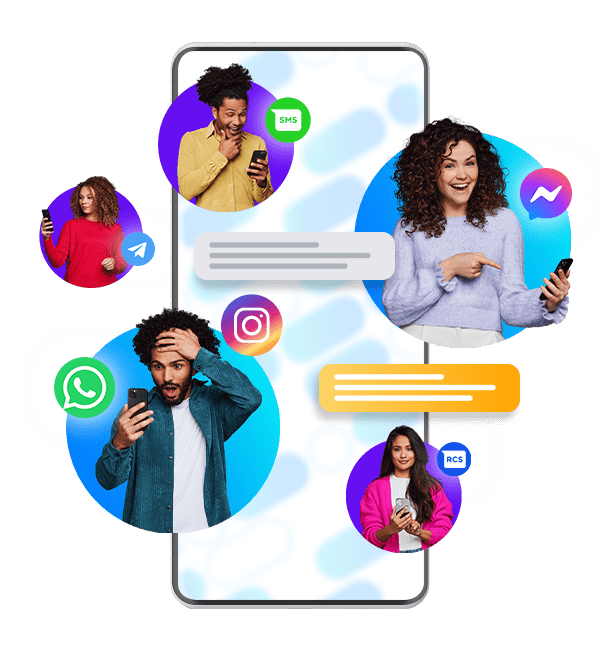What is Omnichannel Marketing?
Omnichannel marketing is the integration and cooperation of the various channels that an organisation uses to interact with consumers, to create a consistent brand experience and seamlessly interact with consumers.
Omnichannel marketing includes physical (like stores) and digital channels (such as websites and social media) and a combination thereof - such as “buy online and pick up in-store”.
What is the Purpose of Omnichannel Marketing?
The goal of omnichannel marketing is to empower the customer to shop or interact with a brand from any device or platform. It allows them to engage on their terms, while still offering many opportunities for fulfilment, such as convenience and a completely seamless experience. This, it is believed, will lead to an improved experience overall and thus drive better relationships across all possible channels and touchpoints. This includes traditional and digital channels, point-of-sale, and physical and online experiences.

An example of omnichannel marketing could be:
A visitor receiving an automated voice message of their favourite artist telling the ticket sale of his concert has started after subscribing to the presale online;
a visitor of a festival receiving a WhatsApp message regarding the start of the happy hour of their favourite drink;
or a person receiving an SMS with a coupon for their next in-store purchase.
Why Might You Need An Omnichannel Marketing Strategy?
For a brand to launch an omnichannel marketing campaign successfully, it must have a strategy in place. This includes, but is not limited to, an integrated, multi-channel approach that creates a unified customer experience (CX) while eliminating siloed interactions.
The integration of a strategy is vital to meet the expectations of customers, who anticipate a seamless and consistent experience in every channel.
A unified experience is the number one expectation of customers today. According to CX Today, 9 out of 10 consumers expect an omnichannel experience with seamless service between communication methods. This isn’t going to change any time soon. As the number of touchpoints increases, so does the need for seamless integration between them. Whether that’s a targeted ad on social media, a desktop interaction with a chatbot or a real-life chat with an in-store representative.
Another example is through a brand’s social media. In an omnichannel approach, this is used to carry out both customer service operations and marketing strategies. This means it’s essential that teams from each of these departments collaborate to create a consistent experience for the customer.
However, omnichannel must not be confused with multichannel marketing, which addresses different issues. While omnichannel marketing is all about ensuring a customer’s interaction with a brand is consistent, no matter the channel, multichannel marketing concentrates on the channel strategy, from social to mobile, with each channel having its own goals.
Why is Omnichannel Marketing Important?
Omnichannel marketing has become somewhat essential to most modern-day businesses as it can help them create a positive experience for their customers at every stage of their lifecycle while building a positive brand reputation.
By connecting with customers through a more personalised experience, omnichannel marketing can not only keep businesses relevant and competitive in a crowded market but create loyal and - in some cases - lifelong customers. It can also help reach new customer segments, which is key to growth, especially in sales.
Another benefit is increased operational efficiency and lower costs. With an omnichannel marketing strategy in place, businesses only need to collect a customer’s data once (instead of at every touchpoint) meaning they don’t need to create and implement a strategy for every channel.
With the Mobile Marketing Cloud from CM.com, it's easy to set up complex, multi-channel communication streams that build lasting customer relationships. By using one platform for all your customer interactions, you can save time and be more efficient.
You can also send hyper-personalised campaigns anytime, anywhere with our marketing automation solution.